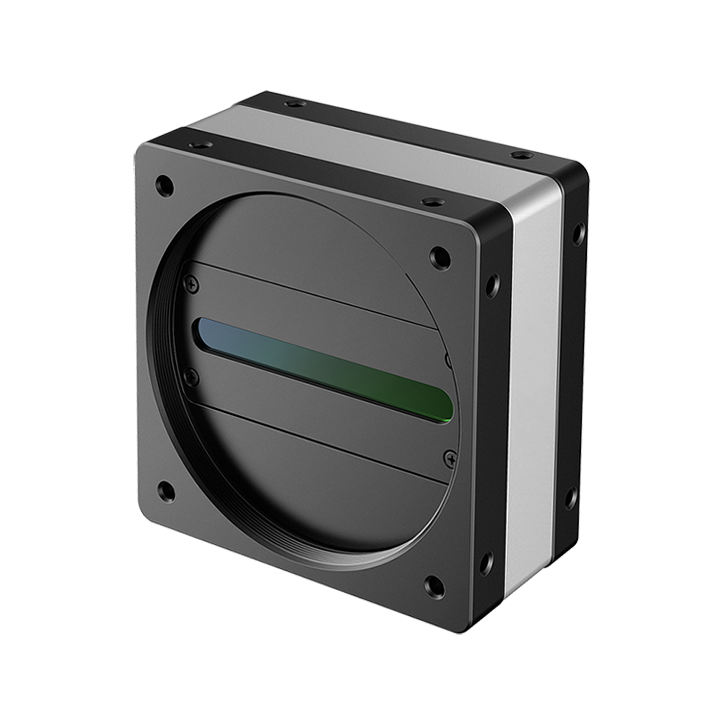Hifly Vision 10 Gige 8K Line Scan novi izdelek, inženirjev najljubši.
Odkrijte novo hifly 10 GIG 8K linijsko slikanje kamere, zasnovan za visoke hitrosti aplikacije slikanja, zaradi česar je priljubljen med inženirji na področju strojnega vida.
Poglej več




